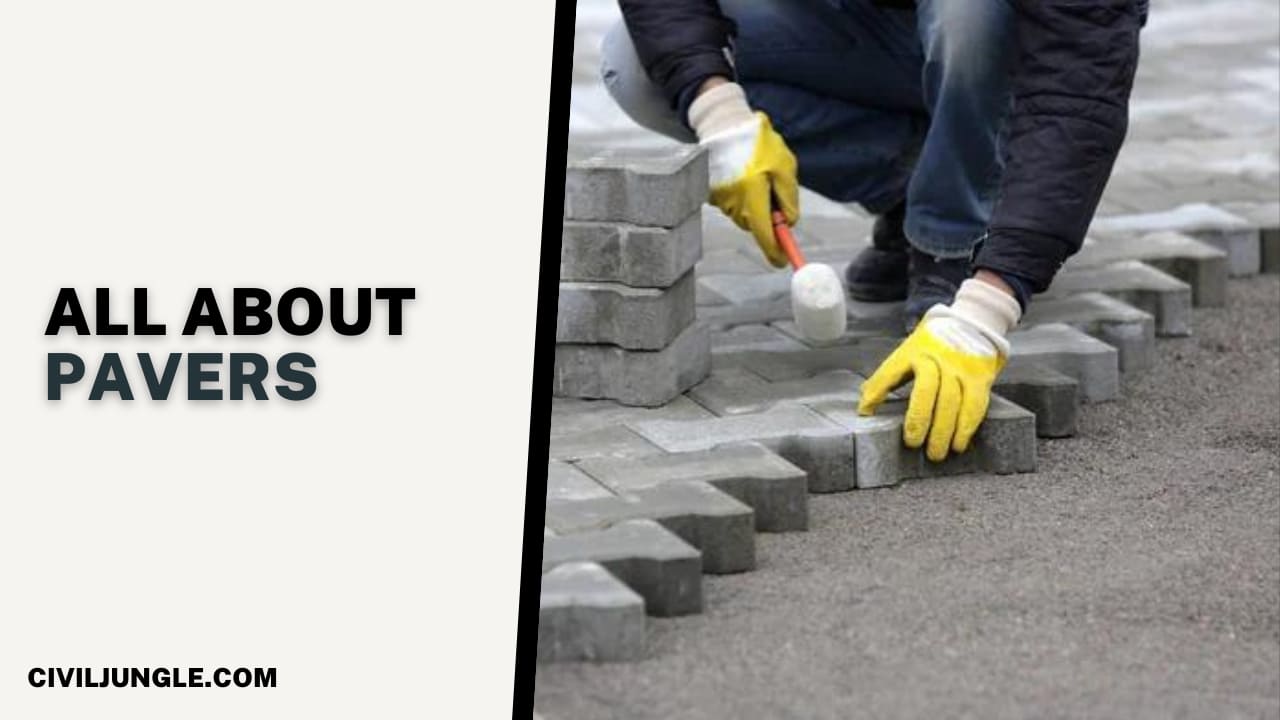
What Are Pavers?

Pavers, often known as paving stones, are flat building components typically used for outdoor flooring and can be fashioned from stone, brick, or concrete. When it comes to laying down attractive surfaces for driveways, walkways, patios, and pool decks, most Americans turn to pavers.
Pavers are sturdy blocks used to make outdoor floors that are both smooth and robust. These blocks are widely available at hardware and home improvement stores, online from the manufacturer, and even in homemade versions. Some handymen and landscapers offer installation services for those who would rather not do it themselves.
Types of Pavers and Cost
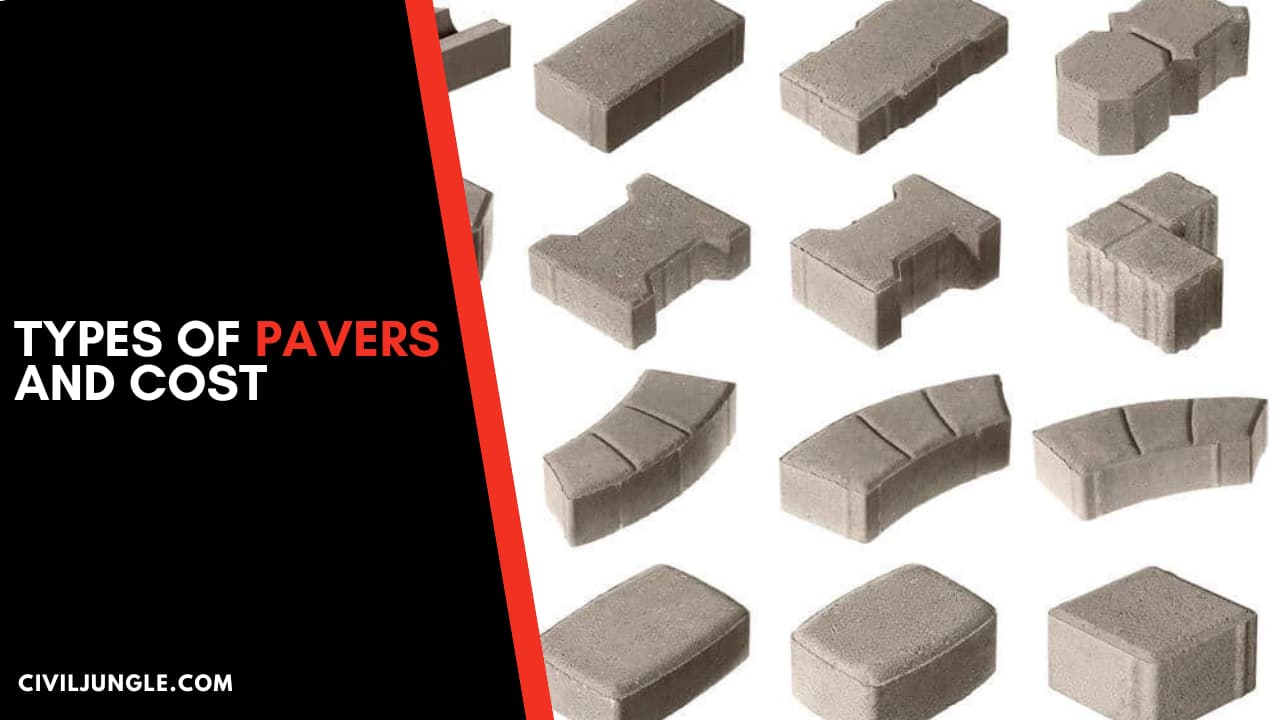
1. Brick Pavers
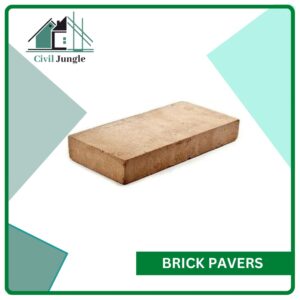
Pavers made of brick have been used as flooring for ages. Driveways are often paved with brick pavers, which are produced from molded clay and fired in a kiln before being laid in a mortar or sand base.
Brick pavers are great alternatives to concrete since they come in a wide variety of textures, characters, and colors and may be set in a wide variety of designs and color combinations.
- Brick Pavers Cost: $4 to $8 per square foot on the low end, but brick pavers can get as expensive as $15 to $20 per square foot.
2. Concrete Pavers

Made of concrete, the pavers come in many forms and sizes. Concrete pavers are widely used as a surface material for roads and driveways. There is a large variety of concrete pavers available on the market today. The medium provides a subtle appearance and a clean, uncluttered result.
Because it is homogeneous and simple to cut, laying concrete pavers is a relatively easy and painless task.
- Concrete pavers: $20.00 to $60.00 per square foot.
3. Bluestone Pavers
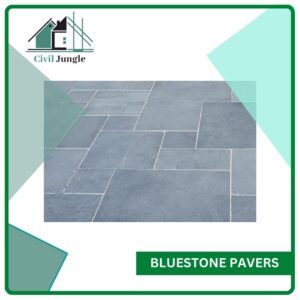
Bluestone, one type of sandstone, is frequently used to construct long-lasting and aesthetically pleasing driveways.
Bluestone can be found in many different dimensions. Since they can be broken into gravel, left in more huge slabs, or carved into distinct patterns of tiles, they provide a range of aesthetic options.
The thickness and variety of bluestone pavers affect the final price tag. The price of irregular pavers is lower, while the price of thermal pavers is higher.
- Bluestone pavers cost: $5 to $12 per square foot.
- Stone Pavers Cost: $7 to $16. Pricing depends on natural stone or stone style.
4. Flagstone Pavers

On our patio you’ll find a beautiful grey flagstone. As a result of its eye-catching design, it frequently receives compliments from visitors. Patios are a common place to see flagstone, a sedimentary rock, being utilised as pavers.
The paving stones each have their own distinctive shape and are designed to interlock. You can’t use it for a driveway since the pavers are too thin in comparison to brick and concrete. Many different tones of grey and red are common in flagstone.
- Flagstone costs: around $2 to $3 per square foot while pavers range from $3 to $6
5. Marble Pavers
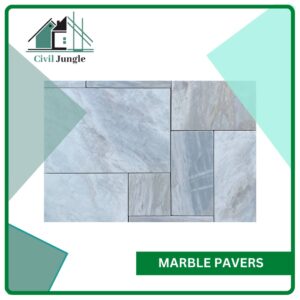
The short answer is that you can find weatherproof marble pavers and suited for outdoor use. When limestone is subjected to intense heat and pressure, marble is the result.
As a result of this process, the particles in the crystal are shuffled around in a way that creates its one-of-a-kind structure. Patios, driveways, pathways, and even grass-yard channels are just some of the many home and business uses for marble pavers. These pavers create beautiful outdoor spaces with an air of refined elegance.
- Marble usually costs: $15 to $35 per square foot to purchase
6. Travertine Pavers
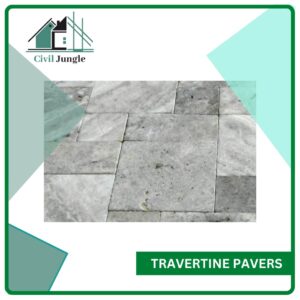
Similar to marble, travertine is a versatile natural stone with positive environmental impacts. It is common to use sedimentary rock, which has been produced and developed under pressure and varying temperatures, for outdoor landscaping and flooring.
- Travertine pavers cost: from $4 to $11 per square foot for the material alone, while installation adds another $7 to $12 per square foot
7. Porcelain Pavers
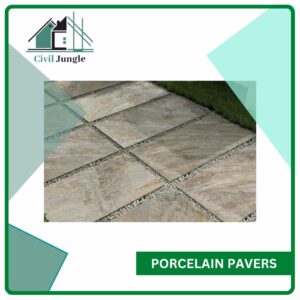
Porcelain is a substance made from clay that has been heated to very high temperatures, making the surface exceedingly hard and resistant to wear and tear. They are great for moist locations like pool decks, but may be used elsewhere.
Thicker porcelain pavers that closely resemble wood, stone, etc., are now manufactured with the use of current technology.
- Porcelain pavers can cost: anywhere from $3 to $35 per square foot. For the average 300-square-foot patio
8. Cobblestone Pavers
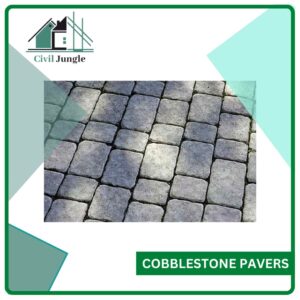
Granite is the most frequent material for cobblestone pavers, however basalt, limestone, and sandstone are also used. Pavers have stood the test of time because they combine a beautiful design with enduring strength.
- Cobblestone cost: per square foot is anywhere from $10 – $20, depending on the size, shape, and type of cobblestone
9. Rubber Pavers

As a result of modern innovation, waste products are being repurposed into new products with real value. Rubber pavers are popular because they are long-lasting, resistant to tears, and created from recycled materials, making them environmentally beneficial.
Keep pavers dry during installation to prevent expansion caused by water. When too much solar heat is absorbed prior to installation, thermal expansion may also occur.
- Rubber paving costs: $6.00 – $11.00 per square foot
10. Plastic Pavers

Plastic pavers can either be newly manufactured or recycled from plastic waste. The innovative process melts the plastic with water and mixes liquid output with soil. The mixture is then stirred and poured into paver-shaped containers where it dries.
- Plastic Pavers cost: $5 to $12 per square foot and are mostly used for looks.
11. Gravel Pavers

The term “gravel” refers to an aggregate of unconsolidated rock particles. Gravel can be crafted from a variety of rocks, the most common of which being basalt, sandstone, and limestone. The gravel used in the production of pavers is often made from limestone.
Pathways and roads are typical uses for gravel in landscaping and outdoor design. The construction site determines the coarseness of gravel that is used.
Fine gravel, for instance, is very similar in texture to sand and compacts in the same way. Only use it if you have sandy or well-drained soil, because it doesn’t allow for enough drainage.
However, a coarse gravel surface better serves driveways that need to accommodate more than one vehicle. Since it is not as compact, it provides for the best possible drainage. That makes it suitable for usage on clay soil.
Most people tend to steer clear of extremes and choose a more moderate approach. The trade-off is that it doesn’t drain water as well as coarse gravel but doesn’t compact as tightly as fine gravel, either. That’s why garden soil will love it.
- Gravel driveway cost: per square foot. The average cost to install a gravel driveway is $1.25 to $3.00 per square foot
12. Greencrete Pavers
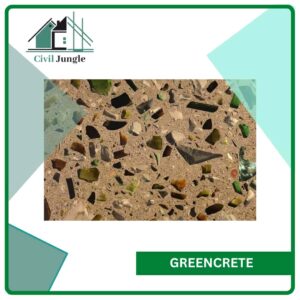
In an effort to reduce their environmental impact, some construction firms have branched out into green material production. Green cement, commonly known as Greencrete, is one such substance.
This cement is crafted from recycled materials and renewable resources like seaweed and kelp. In addition to making use of eco-friendly materials, the production method has been improved. It has a lower energy and water footprint and produces no carbon dioxide at all.
- Greencrete Pavers cost: $1.5 to $2 per square foot and are mostly used for looks.
13. Granite Pavers
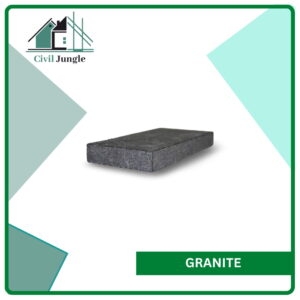
Granite is a rock that is typically made of quartz, alkali feldspar, and plagioclase, and has a light hue with visible grains. It is the result of molten substances solidifying at depth.
While granite is frequently used indoors, it also works wonderfully outside. Outdoor applications include pavers. Among the many advantages of granite pavers is the material’s seemingly infinite colour palette. Many different coatings are available for your selection.
- Granite Pavers cost: $10.50 to $12.40 per square foot and are mostly used for looks.
14. Limestone Pavers

Limestone was the first building material to see widespread use. It was utilised in the construction of some of the world’s oldest structures made of stone, including the Egyptian pyramids. About 10% of all sedimentary rocks are limestone.
That implies it can be purchased in the United Kingdom, some states in the United States, Egypt, Turkey, and other nations across the world. In terms of density, limestone is on par with marble, and its surface is just as delicately textured. In addition to its insulating qualities, this makes it a great material for paving stones.
It’s comfortable year-round, with mild winters and pleasant summers. In terms of limestone, you have a plethora of options, as hundreds of varieties exist. Once it has been laid, limestone paving doesn’t necessitate any upkeep.
- Limestone pavers cost: $13 to $30 per square foot to install.
Also Read: What Is Road Pavement | Types of Road Pavements | Flexible Pavement | Rigid Pavement
Cost of Pavers
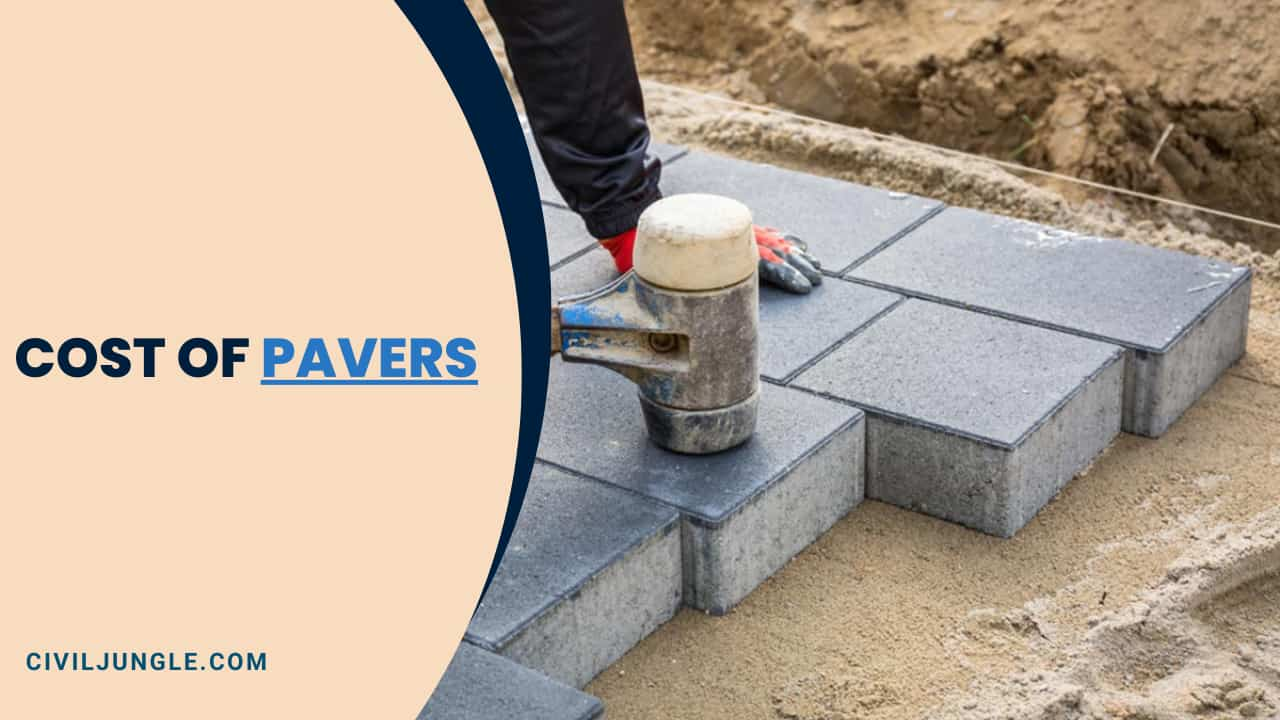
For a 400 square foot area, the average cost of pavers, including materials and installation, is $5,600. The average price of putting pavers is $8.50 per square foot, with costs ranging from $3,750 to $8,500 for a basic job.
Ultimately, the cost of pavers will be determined by several factors, including the area you wish to cover, the type of pavers you select, and the location of your home.
How Much Do Pavers Cost Without Installation?
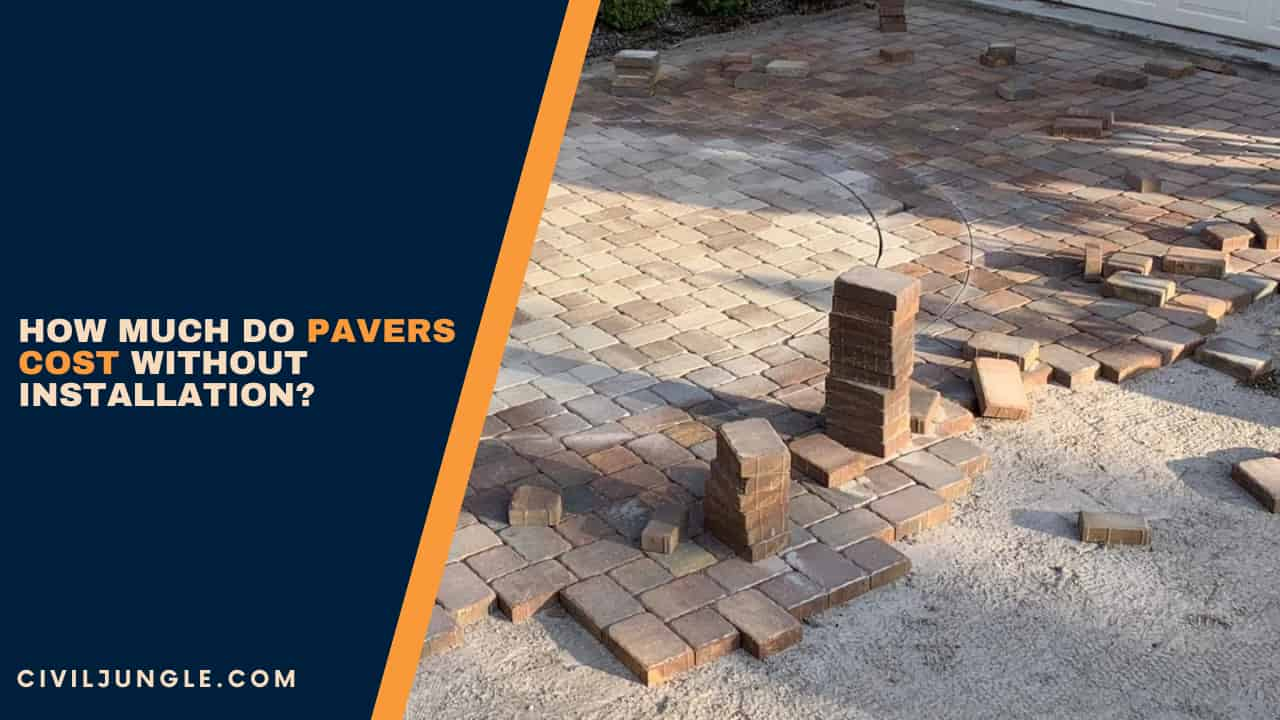
The raw materials for pavers might cost anywhere from $2.35 to $10.35 per square foot. You can see how the product itself can considerably effect the entire cost of a project given the vast price range of pavers. The typical prices of the most popular paver materials are as follows:
Concrete or Brick Pavers
The average price per square foot for brick pavers is $4. These come in a broad variety of colours and sizes and will retain their colour and little maintenance for a longer period of time than concrete alternatives. Red bricks are typically more affordable than grey bricks.
Asphalt Paving
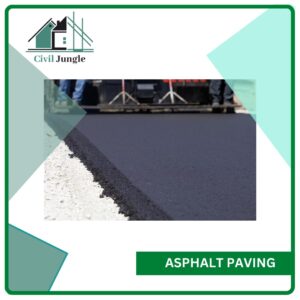
The average price per square foot for concrete pavers is $2.60. As a result of their malleability, concrete pavers can be used to create a wide range of looks. They’re great for unique layouts and often sport a “grout” of rocks or ground cover for a contemporary feel.
Pavers Made of Natural Stone

At $8.85 per square foot, the price of natural stone pavers is more than the national average. These pavers made from natural materials are exceptionally sturdy, therefore they are often thinner than their clay or concrete counterparts.
However, they will be more expensive than manufactured pavers because of the complexity of the quarrying and production processes involved. Stones such as slate and flagstone are popular choices.
Supplemental Resources
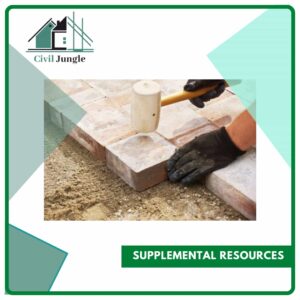
Pavers are only part of the material list; other things like gravel or sand, landscaping fabric, rebar, or concrete, and specialised tools are required for installation.
It’s important to account for the possibility of the contractor charging more than originally estimated for materials when estimating the total cost of your project.
How Much Do Paver Patios Installation Typically Cost?
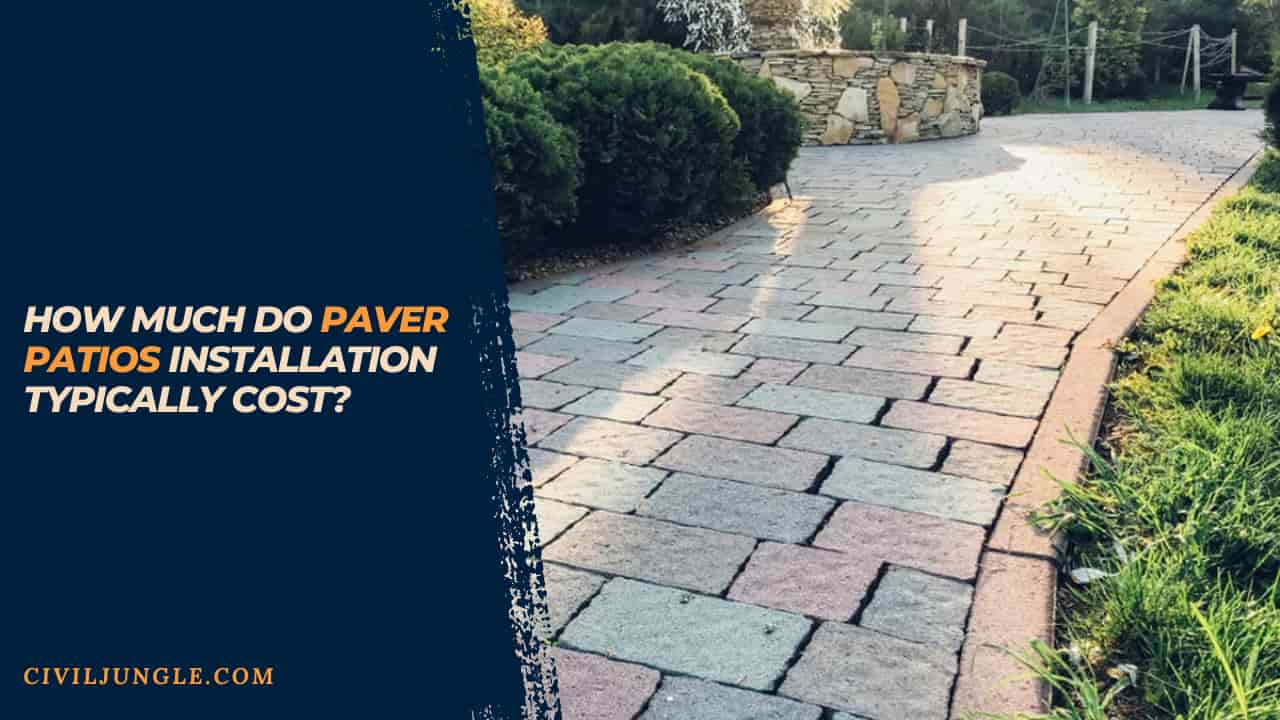
Many people are unprepared for the expense of labour and expert installation. Paver patio or driveway installation labour costs an average of $3,750 for 400 square feet, assuming you hire a professional rather than do it yourself.
Make sure you understand the paver installer’s pricing structure before they begin work; the average hourly rate for a professional is $53, while the average square foot rate is $9. There are a number of variables that can affect how much you spend on pavers for your driveway or garden:
Structure and Design
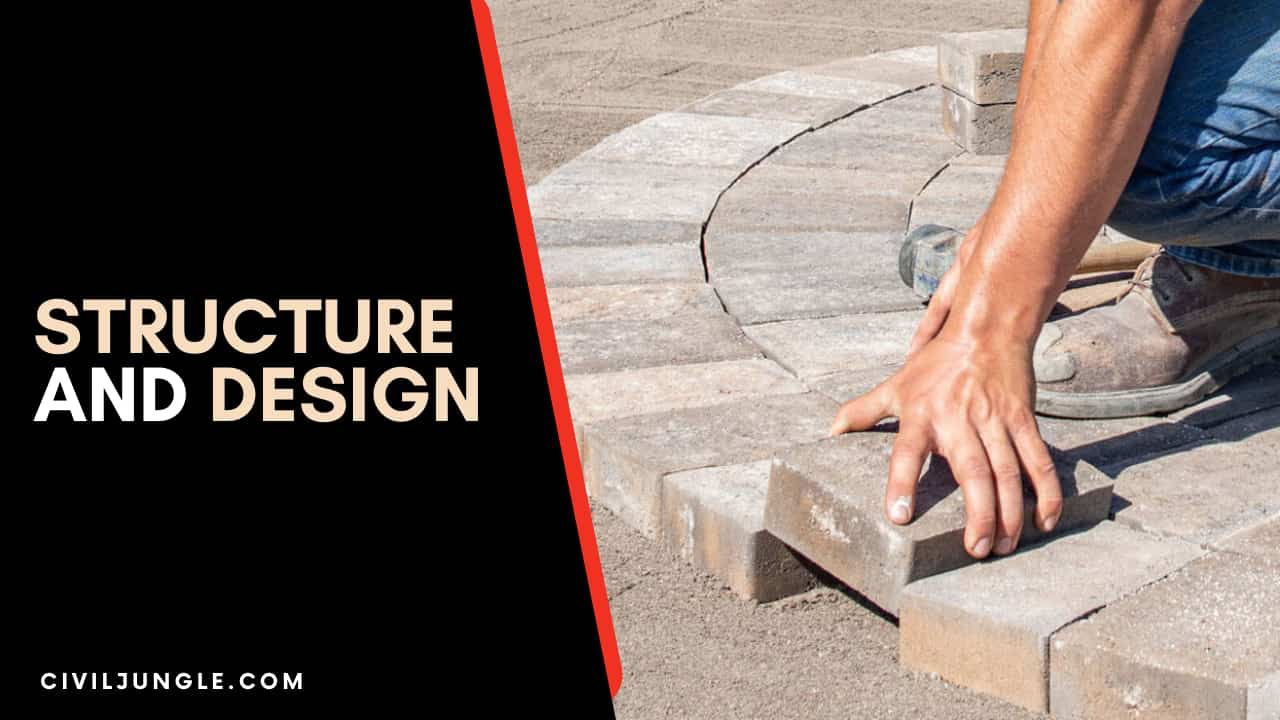
The price of installing a new paver driveway or patio is going to vary depending on the dimensions, shape, and unique design you have in mind. The greater the number of curves in a design, the more precise measurements and special cuts will be needed.
More complicated designs equal higher expenditures, so keep it basic to save money. There is no limit to the complexity of the design you may create using pavers.
Keep in mind that the installation time and associated costs will increase proportionally with the complexity of the pattern. The cost of your installation project will increase if you choose to include extras like stairs or walls.
Evaluation and Ranking
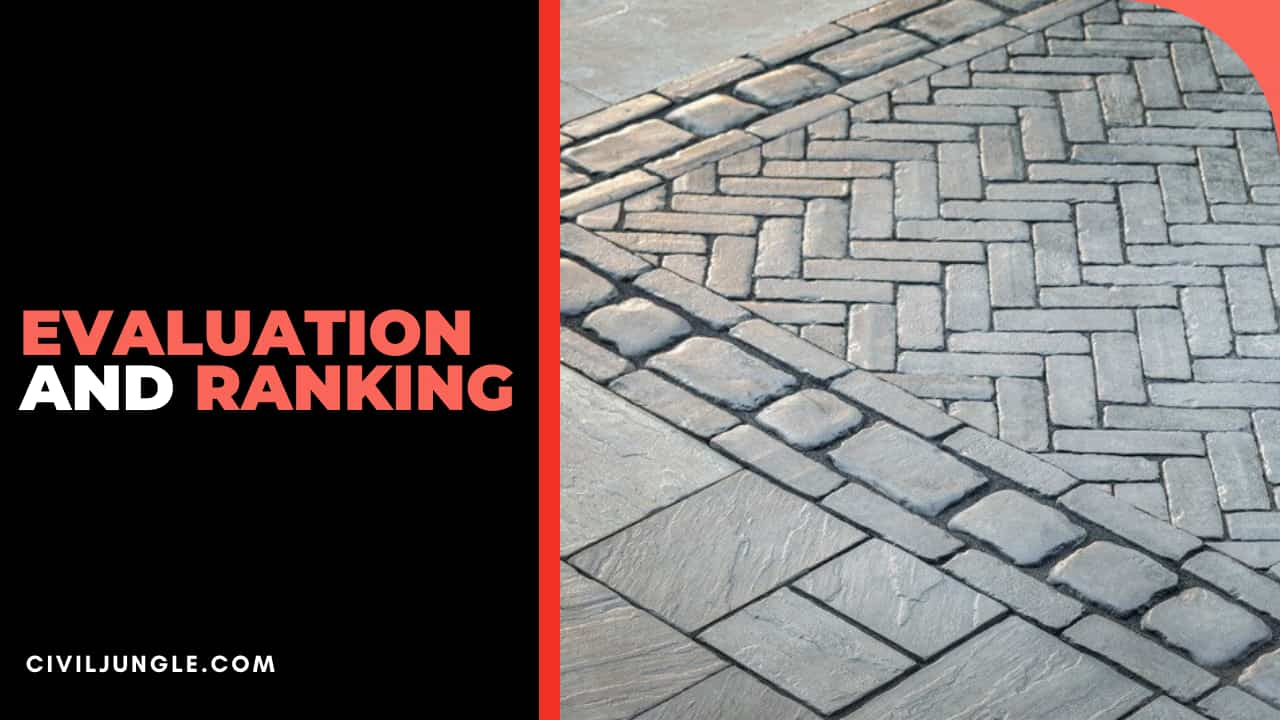
The paver installation surface must be properly graded and levelled to allow for drainage and prevent pooling and floods. The majority of paving stones may absorb water and then release it through their pores.
Even if they’re properly positioned, water might collect and cause damage to your home’s foundation if they’re not placed properly. It is possible that your installation expenses will rise if the professional has to undertake any extra work to create an appropriately graded surface.
Supports

The installation of a paver surface may call for additional support, depending on its size and intended function. For example, paver driveways have to hold the weight of automobiles every day, so they need more reinforcement than a patio or a walkway.
To prevent the pavers from spreading or shifting and to create a firm, safe border, you should additionally strengthen the margins of your patio or driveway, usually with concrete.
Concrete bond beams must be used as edging anywhere paving stones meet a soft landscape material like grass or mud. The cost of installation may increase if additional structural elements or decorative edging are required.
Most Popular Brick Paver Colours
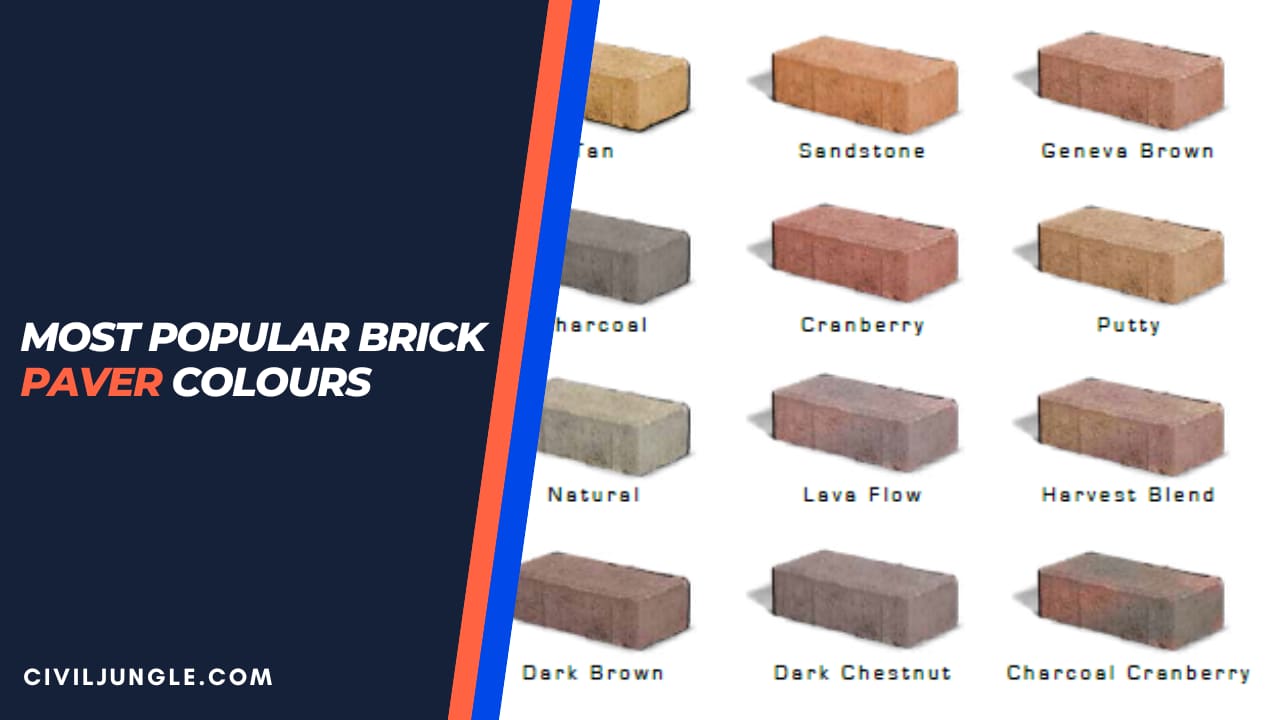
1. Herringbone

Brick pavers laid in a herringbone pattern are highly sought after because of their stylish and practical design. This design is flexible enough to be used in a wide variety of settings, from private residences to public establishments, providing an ideal solution for every situation.
A pathway can be put out in a herringbone pattern using this design, or a more formal appearance can be achieved by laying the bricks in a straight line with staggered gaps between them.
2. Running Bond
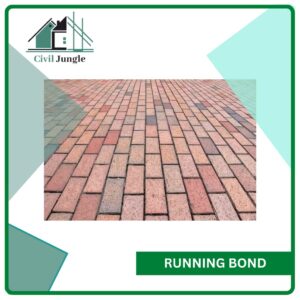
Brick pavers laid in a running bond are another well-liked choice because of the combination of their practicality, aesthetic appeal, and low cost. This design is normally laid out in a straight line, but can also be done with staggered brick paver joints to add visual interest to your sidewalk or patio.
3. Stack Bond
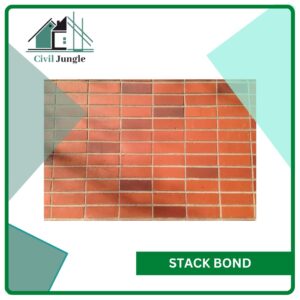
Many homeowners like stack bond pavers because they provide their outdoor space a more interesting look while still providing all the practical benefits of traditional brick pavers. Bricks are laid down in a running bond pattern, but the joints are staggered to add depth and visual character to the area.
4. Basket Weave

Basket Weave Basket weave pavers, like stack bonds, can offer depth, texture, and even colour to a surface, though this will depend on the material you use. Typically set in a herringbone pattern, these brick pavers provide visual appeal to any walkway or patio while still giving all the practical benefits of other alternatives.
5. Crosshatch
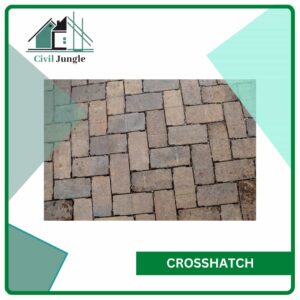
Brick pavers laid in a crosshatch pattern are another excellent option; they add visual depth and character for a low cost, making them a good fit for a wide range of residential projects.
Typically, the joints between these brick pavers are staggered to add visual interest and texture to a pathway or patio designed with a basket weave pattern.
To get you started on your outdoor project, here are just a few examples of some of the most common brick paver designs. Contact a professional paver installer today to find out more about the brick paver patterns available and how they may be used in your home.
Types of Pavers for Driveways
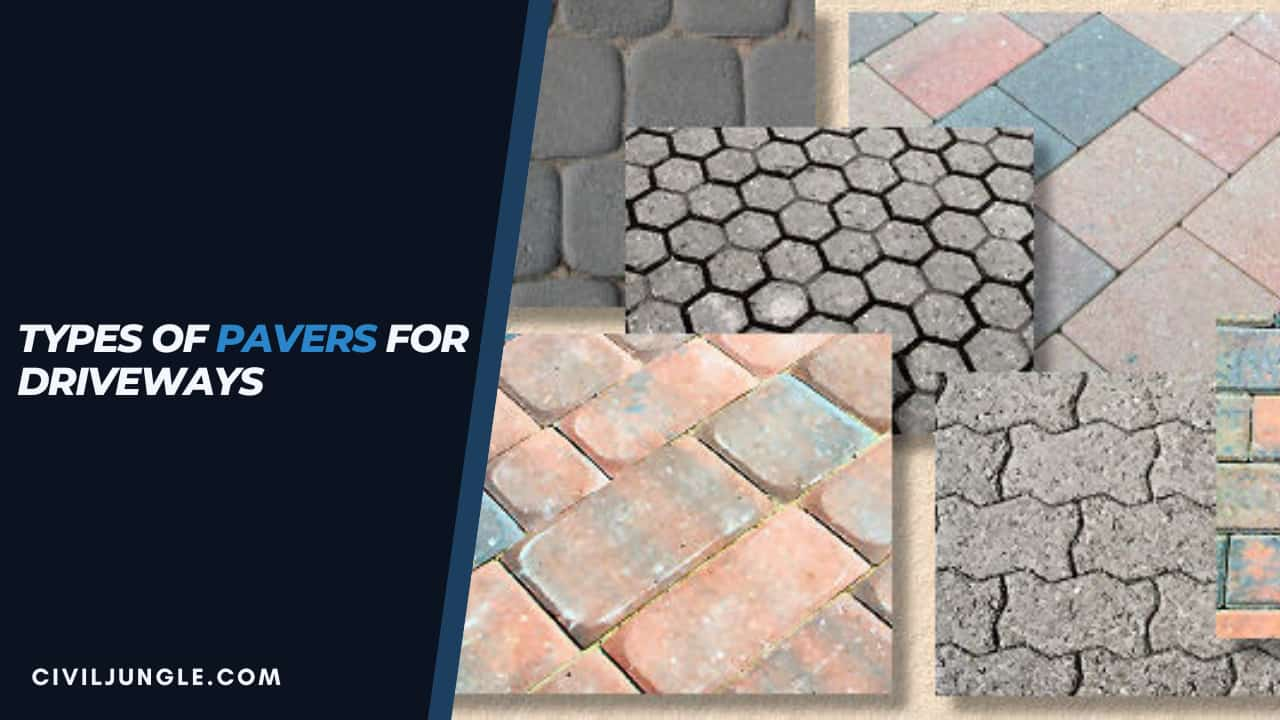
1. Poured Concrete Driveways
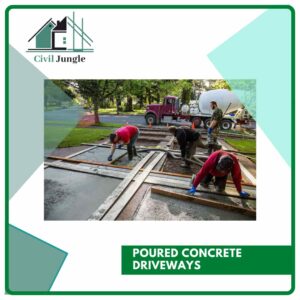
Driveways made of poured concrete are popular because they require little upkeep and last for decades. Because of its malleability, concrete may be poured into a variety of shapes and then expanded or contracted as needed.
Driveways paved with concrete are more expensive than asphalt, but they survive much longer than asphalt driveways do (decades, rather than years).
2. Asphalt Paved Driveways
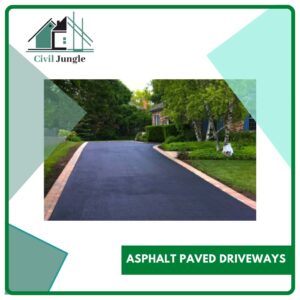
Driveways paved with asphalt are common because they last for a long time and are easy to maintain. Asphalt paving requires periodic resealing, so it’s important to factor in the cost of upkeep. Driveways paved with asphalt can last for 30 years or more if they are properly installed.
3. Stamped Concrete Driveways
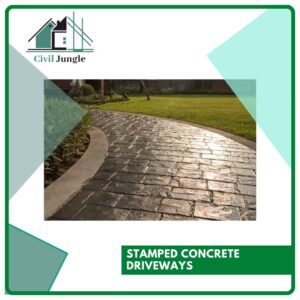
Driveways can be paved with stamped concrete instead of regular concrete. Driveways made of stamped concrete might fool the eye into thinking they’re made of stone, brick, or some other material.
Driving on a stamped concrete driveway is like driving on a piece of art, as the driveway was made using moulds pressed into the concrete while it was still wet. Driveways, patios, highways, and even indoor flooring could all benefit from a stamped concrete overlay.
4. Interlocking Pavers
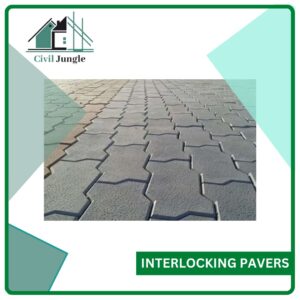
Pavers that are designed to interlock with one another are called “interlocking pavers,” and they are commonly composed of cement or concrete. The lack of mortar required for installation is another advantage. Cobblestone-like look is achieved with interlocking pavers.
If you want to avoid cracks and gaps in your interlocking pavers, it’s crucial that you build them on a stable foundation. Patterns and colour combinations could be applied to the design of interlocking pavers to provide unique and individualised results.
Pavers are porous, so they absorb oil, tyre marks, and other impurities over time and may need to be pressure washed to remove the stains.
5. Tar-and-Chip or Chip Sealed Driveway
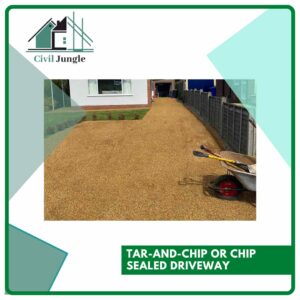
The cost of installing an asphalt driveway can be reduced by using a chip sealed or tar-and-chip driveway. This driveway, however, won’t look as nice or as smooth as a paved driveway would.
Chip sealing a driveway involves laying a layer of gravel down first, and then pouring hot tar over that. Stones are placed on the tar, and the surface is crushed with roller machinery afterward.
Colored stone is a beautiful addition to a tar-and-chip driveway, but it may become dislodged over time. Tar and chip driveways are low-maintenance and may be repaved for about the price of asphalt. A lighter tint will absorb less heat from the sun, making it more comfortable to walk on in hot weather, and sealing is not required.
6. Exposed Aggregate

Recently, one of the most popular design choices for driveways has been to leave the aggregate exposed. Exposed aggregate produces a unique and attractive driveway because of the variety of sizes, colours, and tones it offers.
A non-slip sealed surface that may endure for over a decade with no upkeep, exposed aggregate is one of the most popular driveway treatments.
Special concrete mixes incorporating distinctive particles that are left exposed at the surface are used to generate exposed aggregate. The stones and pebbles embedded in the concrete surface are revealed in the driveway’s final polish.
In contrast, the concrete “fines” make up the bulk of the surface in a smooth concrete finish (very small concrete particles). The dull grey of the concrete fines is only visible on a small percentage of the surface.
7. Concrete Walkway

The majority of walkway pavers are made of concrete. By pouring concrete into a mould, pavers can be created. There are a wide variety of forms to choose from, such as circles, rectangles, hexagons, pentagons, and fans.
The landscape designer may opt to utilise a combination of shapes for complicated walkways. Concrete is a fantastic option for those on a budget because it costs much less than stone and can be stained to seem like stone.
8. Brick Walkway
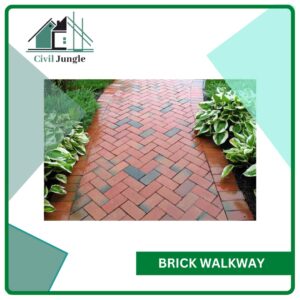
Pathway pavers can also be made of brick or another common building material. Bricks, which come in a rainbow of hues, have been used for sidewalks for generations.
Bricks are easy to landscape around because they blend in with the environment and complement more conventional home and building designs. In order to highlight the brick route, landscapers may place them in a herringbone or basket weave design.
Landscapers can achieve the appearance of aged cobblestones by having the bricks tumbled or by chiselling the edges.
9. Clay Walkway Pavers

Clay can also be used for walkway pavers. It’s poured into a mould in a similar fashion to brick and then baked or fired. As with concrete pavers, the cost of clay pavers might be comparable to that of the latter depending on the size and colour of the pavers you choose. Clay pavers, which are not as uniform as concrete pavers due to the manufacturing process, are an inexpensive alternative to brick or stone.
What Are Pavers?
A paver is a stone made of concrete, natural stone, clay brick or even porcelain. Typically, they are small pieces that vary in size. Homeowners have a choice of various colors, textures, and patterns. Some of the best characteristics include: They are durable and long-lasting.
How Much Does a 20×20 Paver Patio Cost Ontario?
A 20×20 paver patio costs $3,800 to $6,800. The cost of paver materials is $4 to $6 per square foot, while installation labor costs $6 to $11 per square foot.
Types of Pavers
Here, the list of pavers types are as follows.
- Brick Pavers
- Concrete Pavers
- Bluestone Pavers
- Flagstone Pavers
- Marble Pavers
- Travertine Pavers
- Porcelain Pavers
- Cobblestone Pavers
- Rubber Pavers
- Plastic Pavers
- Gravel Pavers
- Greencrete Pavers
- Granite Pavers
- Limestone Pavers
What Is the Cheapest Pavers?
- Typically, pea gravel is going to be your cheapest paver (and a great DIY design idea).
- Brick pavers are going to be the next cheapest option. Typically, they cost anywhere from $2.50 to $5.00 per square foot.
- Porcelain pavers are another option that would look great surrounding a fire pit or a pergola.
- Bluestone, granite, and flagstone patio pavers are going to be the most expensive choice because they’re all natural stones.
What Is the Cheapest Paver Per Sq Ft?
Brick pavers cost between $4 and $8 per square foot, not including professional installation. However, thin brick pavers or half bricks, which are used as full brick alternatives to remodel an existing patio or structure, cost about $3 to $6 per square foot (pavers only).
How Much Does It Cost to Install Pavers Per Square Foot Canada?
The cost to install pavers per square foot in Canada can vary depending on several factors, including the type of pavers, the size of the area to be paved, and the complexity of the installation. However, the average cost range for paver installation in Canada is between $15 and $30 per square foot.
Are Pavers Worth the Money?
Whether or not pavers are worth the money depends on your specific situation and needs. Here are some factors to consider:
- Durability: Pavers are known for their durability and ability to withstand heavy foot traffic and harsh weather conditions. They can last for decades, which means you’ll save money in the long run by not having to replace them as often as other types of outdoor flooring.
- Aesthetics: Pavers come in a variety of colors, shapes, and sizes, allowing you to create a unique design that complements your home’s style. They can add curb appeal and increase your home’s value.
- Maintenance: Pavers require little to no maintenance and can be easily cleaned with a hose or pressure washer. If a paver becomes damaged or stained, it can be easily replaced without having to redo the entire area.
- Cost: Pavers can be more expensive than other types of outdoor flooring, such as concrete or gravel. However, the cost can vary depending on the type of paver you choose, the size of the area you want to cover, and any additional features you want to add, such as edging or lighting.
In summary, if you prioritize durability, aesthetics, and low maintenance, then pavers may be worth the investment for your outdoor space. However, if cost is a significant concern, you may want to consider other options.
Are Pavers Cheaper Than a Deck?
Pavers can range in price from $4 to $20 per square foot, while a deck can range in price from $15 to $35 per square foot, depending on the type of material you choose. However, if you need to prepare the ground for the pavers, this can add to the cost. On the other hand, a deck may require additional costs such as railings, stairs, and lighting.
How Much Do Pavers Cost Without Installation?
Without factoring in labor or other costs associated with installing pavers, basic brick pavers can range from $4 to $8 per square foot by themselves. Choosing additional shapes can increase the cost of brick pavers.
Is It Cheaper to Pour Your Own Pavers?
So, in the end, yes, making your own pavers usually costs half the price of buying from the store. Making your own pavers is objectively cheaper, from a mathematical point of view.
Can I Just Lay Pavers Down?
Poured concrete slabs, brick, and natural stone all have their advantages, but patio pavers are so cost-effective and simple to work with that you can do the entire job by yourself. Laying pavers on dirt involves a little digging, some compacting, and planning your layout.
How Much Do Pavers Cost in Canada?
Concrete pavers or slabs: $20.00 to $60.00 per square foot. natural stone: $25.00 to $90.00 per square foot.
What Are Pavers Made of?
Paving stones, or pavers, are made of natural stone, brick, concrete and other materials.
What to Do with Old Pavers?
12 Creative Ways to Utilize Unused Pavers
- Create a Brick Pathway.
- Make an Outdoor Bench.
- Build a Waterfall or Pond.
- Construct a Firepit.
- Spruce Up Your Tree with a Tree Ring.
- Build an Outdoor Fireplace.
- Hide Planters.
- Create an Herb Spiral.
What Are Brick Pavers?
Brick pavers are a manufactured product made of clay that is cast in forms, then heat cured, usually in the shape of a rectangle. Cobblestones, on the other hand, are a natural stone cut into paver shapes; concrete pavers are cast bricks made of Portland cement and aggregate.
What Are Pavers in Construction?
A paver is a paving stone, tile, brick or brick-like piece of concrete commonly used as exterior flooring. In a factory, concrete pavers are made by pouring a mixture of concrete and some type of coloring agent into a mold of some shape and allowing to set.
What Are Pavers Used for?
Concrete Pavers are Great for Both Exterior and Interior Spaces. One of the most common applications of concrete pavers is outdoor flooring and hardscapes — concrete patios, sidewalks, pool decks, garden pathways, fire pits, and outdoor kitchens.
What Are Interlocking Concrete Pavers?
Interlocking paver stones, simply known as interlocking pavers, are small slabs made of concrete or cement typically used in the construction of decks, driveways, walkways, and patios. Interlocking concrete paving ensures vitality and stability of the construction of a pavement.
What Is a Paver Driveway?
Pavers are slabs or blocks that are interlocked or connected and used to make a flat or even surface for driveways, patios, pool decks, and walkways. Pavers can be made of various materials, such as brick (clay), concrete, natural stones like flagstone or granite, and rubber.
What Is a Paver Patio?
The easiest way to think of a paver patio structure is like that of a puzzle. Paving stones manufactured to mimic the look and feel of concrete, brick and other traditional materials interlock with one another to create a patterned surface — with natural slits between each unit.
What Are Concrete Pavers?
Concrete paving, also known as paving stones and concrete pavers, is a standard outdoor flooring solution often used to pave driveways, patios, walkways, and other commercial or residential surfaces. Manufactured and ready to install on-site, these concrete-based solutions come in various sizes, shapes, and colors.
How to Lay Brick Pavers on Dirt?
- Prepare the Patio Area.
- Clear Out Grass and Soil.
- Add Paver Base and Level with Sand.
- Consider Edging Stones or Paver Edging.
- Place the Paver Stones.
- Cut Pavers.
- Seal Pavers.
How to Lay Pavers on Concrete?
- Inspect your existing concrete for large cracks, dips, or rises.
- Cover your patio face with a wall block (optional).
- Install a patio paving stone border with adhesive.
- Lay geo filter fabric over your concrete.
- Spread a thin layer of sand over your filter fabric.
- Lay patio paving stones or slabs over the bedding layer.
How to Lay Travertine Pavers?
Mud-set installation
- Begin by preparing the surface of the installation.
- On the subfloor, apply Flex Bond or a similar kind of adhesive.
- Now place the Travertine pavers directly on the grout.
- Once the pavers have been laid, you can place grout between the joints.
- Allow sufficient time for the Pavers to dry.
Advantages of Pavers Over Concrete
Let’s explore five specific advantages:
- Easy to Install over Existing Concrete.
- Minimal Excavation and Preparation.
- Fast, Easy Installation.
- Surprising Durability.
- Easy Maintenance and Repairs.
Problems with Pavers Over Concrete
You can’t install pavers over a concrete driveway. That solid concrete doesn’t allow the pavers to flex like they need to on a driveway that has to hold so much weight, and those pretty pavers can crumble to pieces. You’ll need a proper sand base.
How to Level Ground for Pavers on a Slope?
How to level the ground for pavers?
- A quick overview of the whole process.
- Step 1 – Outline the area you want to add pavers to.
- Step 2 – Creating your reference.
- Step 3 – Leveling the strings and adding the slope.
- Step 4 – It’s time to dig.
- Step 5 – Add crushed gravel.
- Step 6 – Add sand.
- You’re all set!
Is Pavers Cheaper Than Concrete?
However, even though the upfront cost of pavers is higher, concrete pavers offer greater value and durability than poured concrete and stamped concrete. This ultimately means that concrete pavers are the most cost-effective option overall.
Should Pavers Be Sealed?
“Do I need to seal my pavers?” The short answer is Yes. Paver sealant is an important maintenance tool to keep paver patios, walkways, driveways and pool decks looking as beautiful as they day they were installed.
How Long to Wait to Seal Pavers After Polymeric Sand?
how long after installing polymeric sand can pavers be sealed? Traditionally, concrete paver manufacturers have recommended waiting at least 90 days after polymeric sand installation to apply a protective sealant to a paver surface.
How Often Should You Seal Pavers?
every 3-5 years
The basic rule of thumb is every 3-5 years. For film-forming sealants, you will be able to notice when the physical barrier is showing signs of wear. For non-film-forming sealants, you will begin to see a significant color change of pavers during a rain when the sealant is wearing thin.
How Long Does It Take Paver Sealer to Dry?
Water-based paver sealers can be dry to the touch in as little as 3-6 hours, but as with the other paving sealers covered in this guide, we recommend you allow for a more extended period of drying time to let the sealer fully harden. Wait at least 12 hours before walking on the surface and 24 before driving.
Do Travertine Pavers Need to Be Sealed?
Travertine is known as a durable and rugged natural stone, but even the toughest materials need some TLC. Take good care of your outdoor travertine tile by sealing it every one to two years to keep it protected from damage and looking fresh.
Why Do You Seal Pavers?
In order to keep your pavers from fading, it is important to seal them. Even the toughest of pavers don’t stand a chance against the sun, with concrete even fading over time because of the UV rays. Choosing to seal your pavers will keep your color consistent and un-faded.
How Much Do Paver Patios Installation Typically Cost?
On average, the cost of installing a paver patio can range from $10 to $25 per square foot. For a 200 square foot patio, this can translate to a total cost of $2,000 to $5,000.
How Long Should You Wait to Seal Pavers?
How long should I wait before sealing my new pavers? Typically 60-90 days. The main reason to wait is so that efflorescence can work its way to the surface and be cleaned off.
Like this post? Share it with your friends!
Suggested Read –
- Clear Sealer for Brick
- How to Get Wet Blood Out of Carpet
- How to Building Construction Process Step by Step
- All About Acacia Woods | Types of Acacia Woods | Advantages of Acacia Woods | Uses of Acacia Wood
- What Is a Bed | How Many Feet Wide Is a Queen Size Bed | Standard Bed Sizes | Mattress Sizes and Dimensions
- What Concrete Mix To Use For Shower Pans | Quikrete Floor Mud | Quikrete Sand/Topping Mix | DIY Concrete Shower Pan Mix | Shower Pan Mix Comparison

